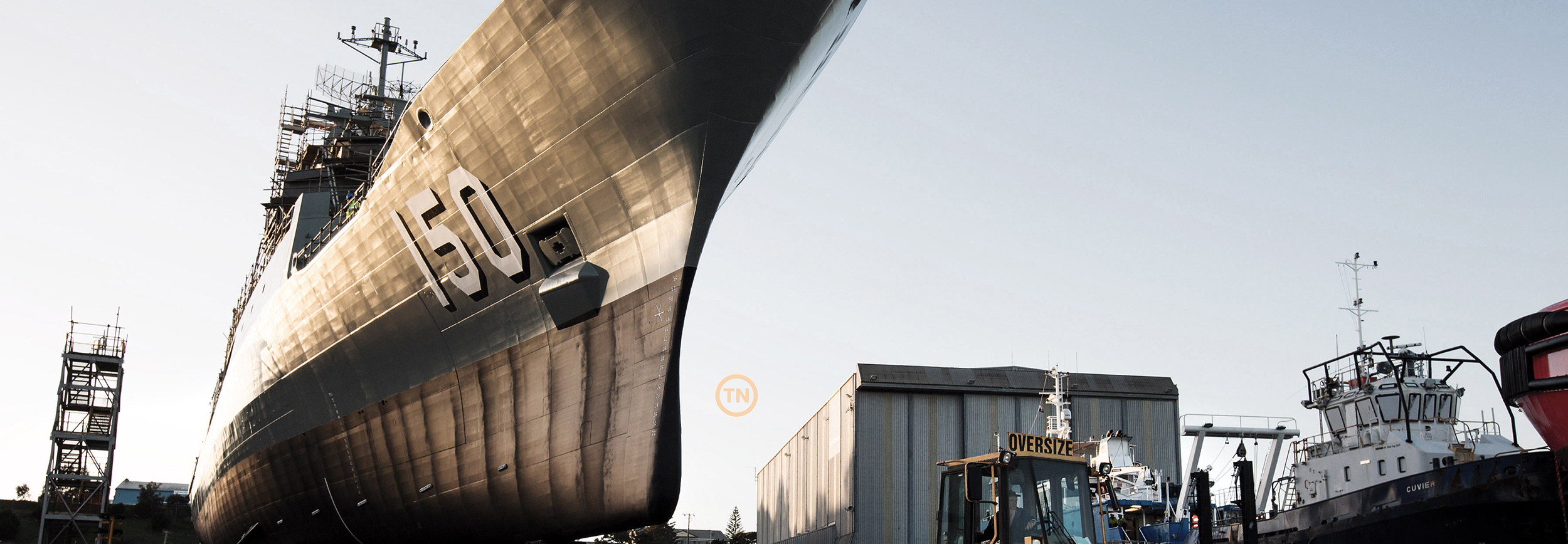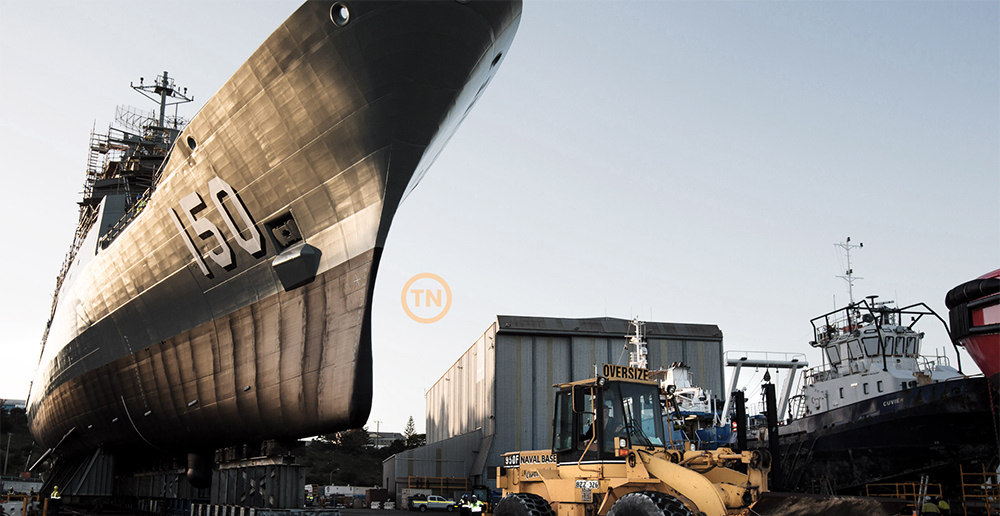Seaworthiness Headmark
Building a foundation for Navy to deliver effective capability. Fleet Command
needed support in designing, developing and implementing an integrated
framework of governance and management. The system required a remodelling
of existing Fleet Command’s governance and management practices. And build
a framework that would lead to justified confidence in delivering Defence
maritime capability to their missions, while achieving compliance to the new
Defence Seaworthiness Management System (DSwMS).
and implementing a tailored
framework based on
contemporary business models.
The Fleet Command of the Royal
Australian Navy is the fighting force of
the Navy, with a long and proud history.
One of the cornerstones of maintaining effective Fleet ability is having true
confidence in its Seaworthiness so it can effectively achieve missions set by the
Government.
The Fleet Commander recognised the need to standardise governance and
management across Fleet Command. This would effectively generate this
justified confidence, while demonstrating compliance to new regulatory
obligations.
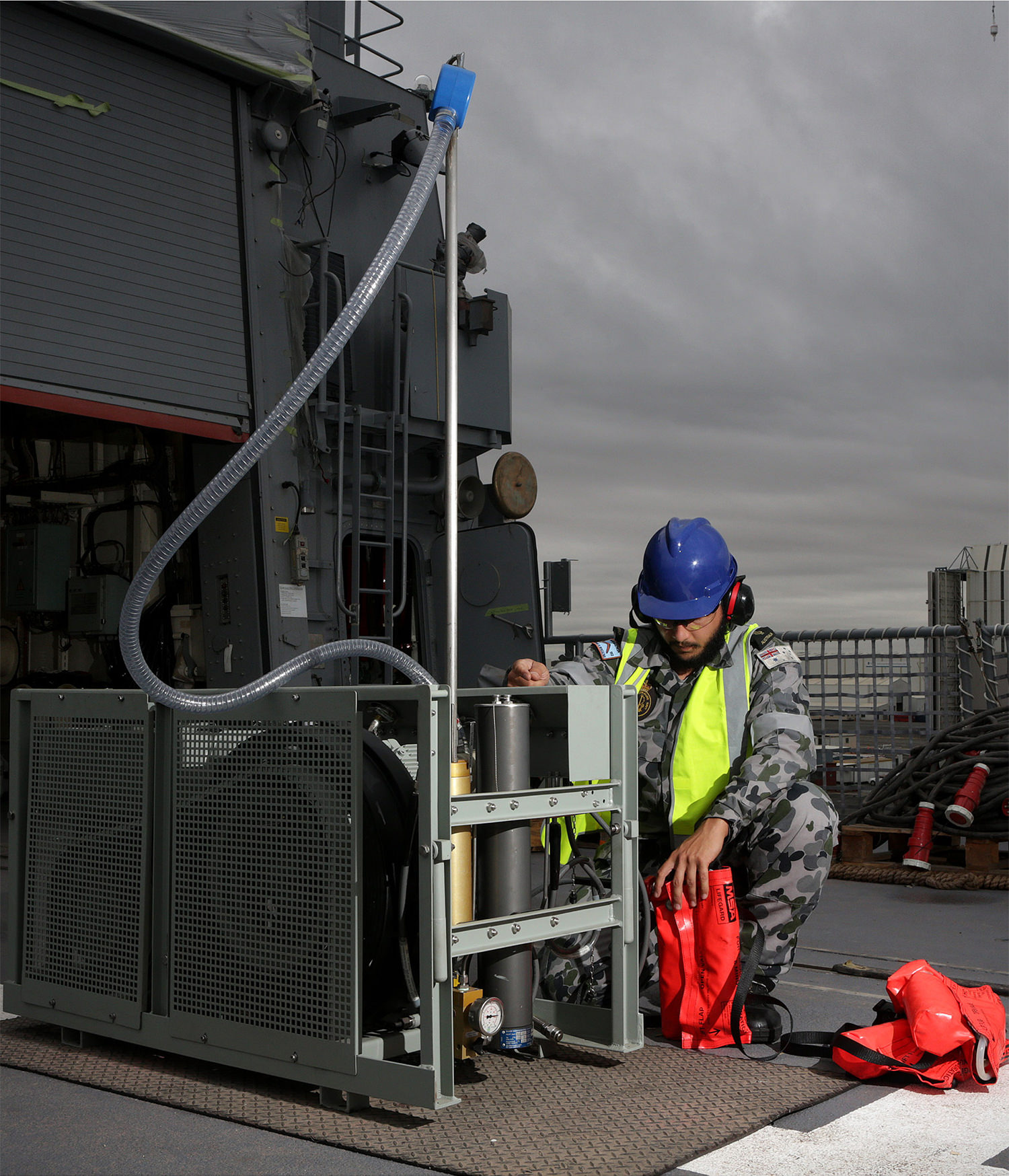
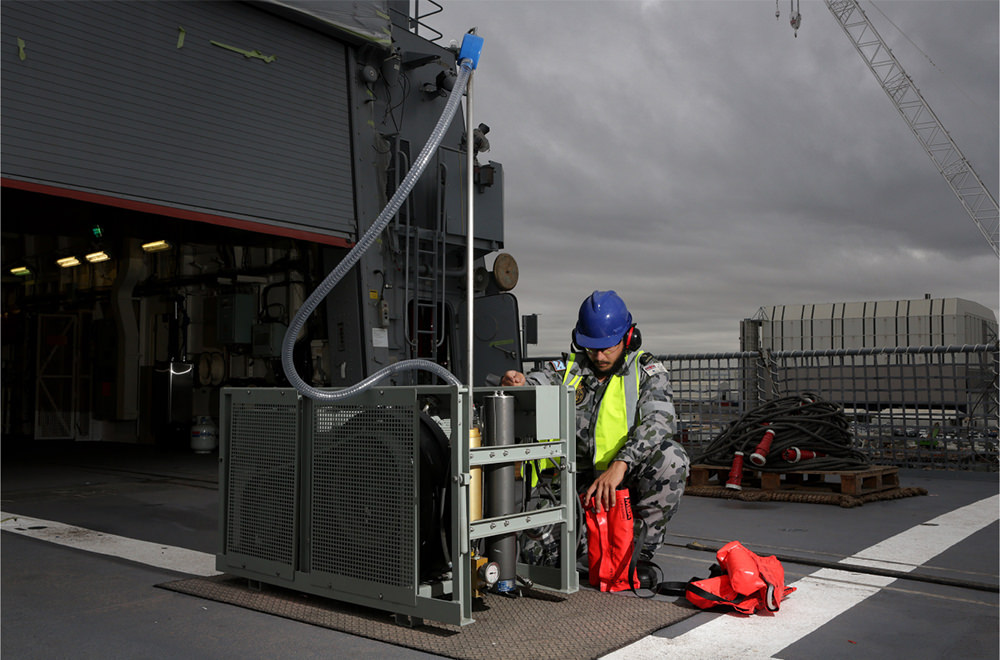

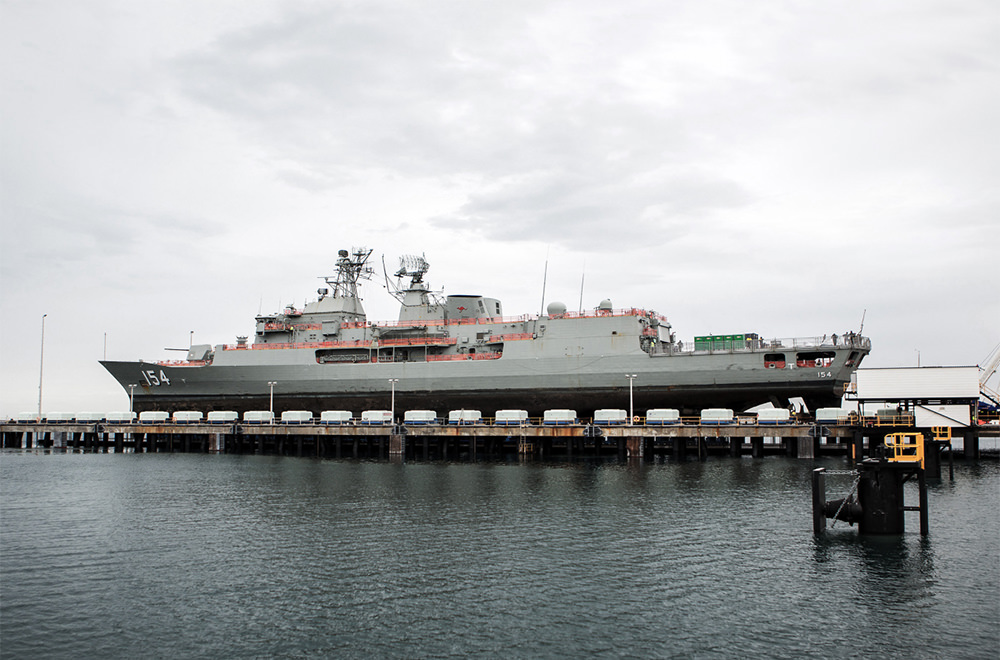
been restructured without
corresponding updates to governance
and management.
This had resulted in blurred lines of accountability and responsibility. Not to
mention disjointed relationships between Fleet Headquarters and the various
Force Commands and Branches. For these reasons, combined with amended
regulatory obligations, the Fleet Commander had reduced confidence in
achieving required outcomes while demonstrating performance, risk and
assurance.
‘can do’ culture for decades. This
culture has extended beyond the
ships, boats and aircraft to the
organisations supporting and serving
Navy from shore.
However, this mentality has resulted in organisations adopting reactive
behaviours and crisis management too often. Senior staff in key executive
roles were unsure about the scope of their responsibilities and
accountabilities. Knowledge transfer was generally by word of mouth rather
than through an effective quality management system. And decisions were
made by professional military judgement. While this will always be required,
there was a need to have a more robust system to improve decision making
with accurate system information and well established governance
processes.
Defence recognised this challenge and the risk it incurs, which led them to
develop a new regulatory system: the DSwMS. This system consisted of
goal-oriented obligations. Fleet Command needed the system, along with a
compliance strategy and assurance plan to meet these obligations.
The design and development of the Fleet Command Management System
(FCMS) was tailored to encourage consistent application of governance
elements, as well as systems of management across Fleet Command. This
was needed to clarify accountabilities, responsibility and functions, ensure
alignment to strategic direction, risk controls and performance goals, and
meet compliance requirements. We also needed the system to be more
proactive based and drive continual improvement before risk was realised.

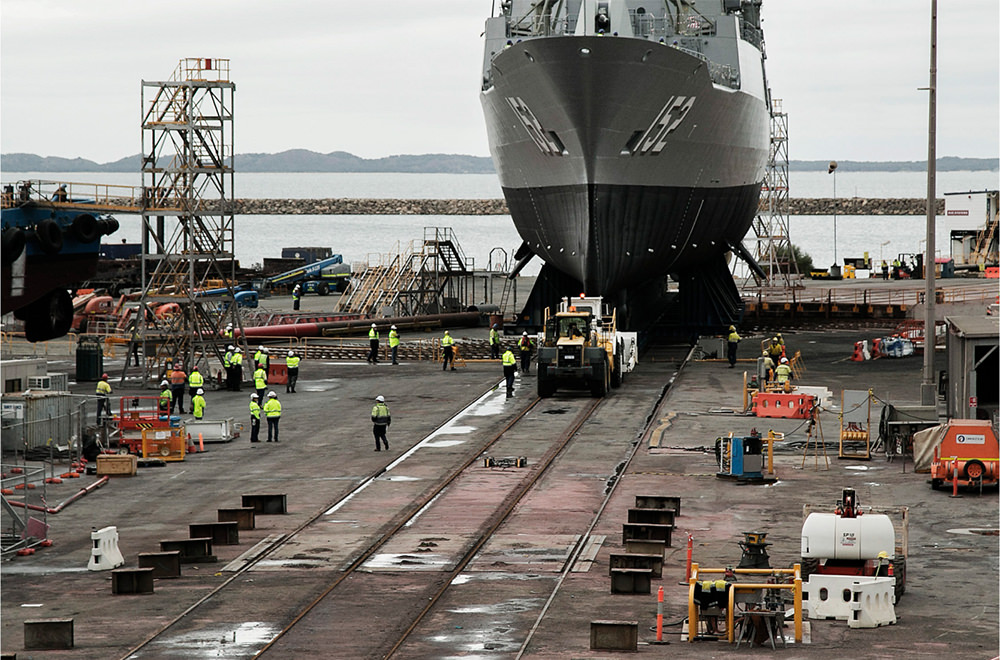
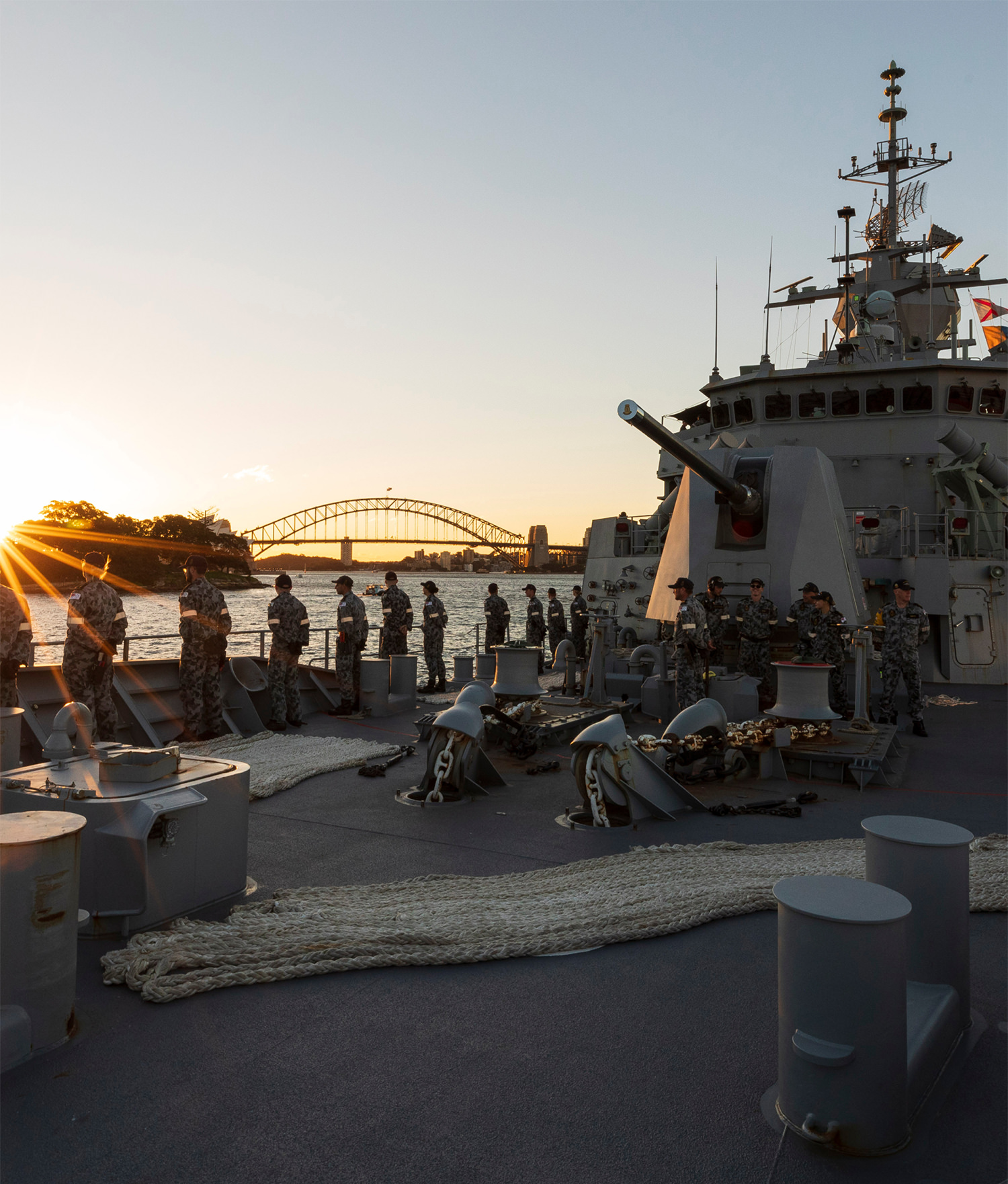
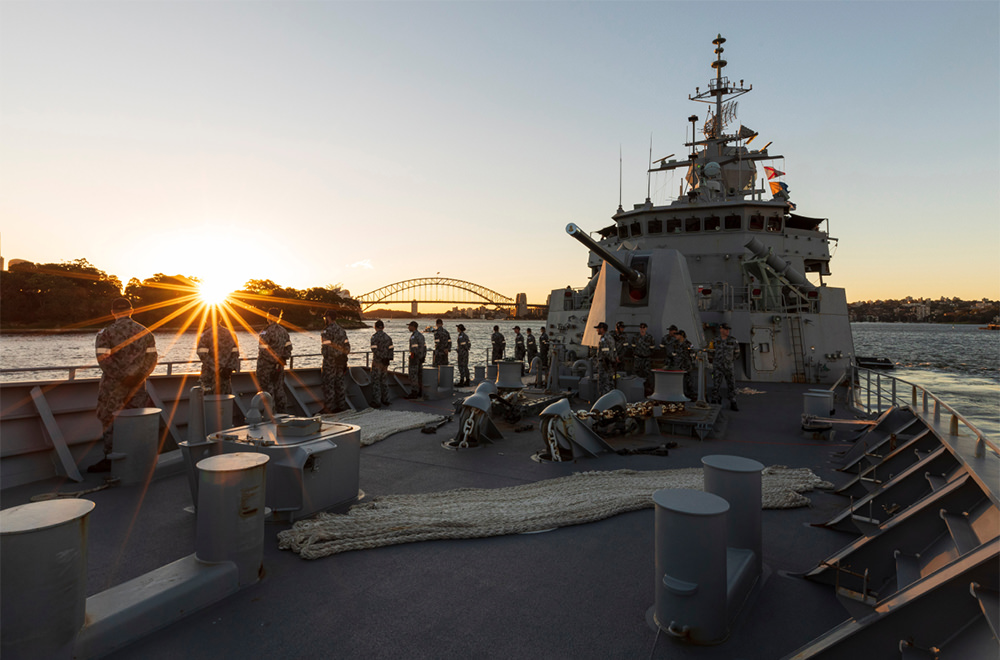
we continue to support its maturity
today. Redesigning, developing and
implementing a brand new
governance and management system
that drives the outcomes of a 13,000
strong force was always going to take
time.
In the early days we got everyone on the same page by designing, developing
and implementing a tailored framework based on contemporary business
models. We didn’t throw the baby out with the bath water, there were plenty of
areas doing well. Instead we focussed on key areas of management and
governance that delivered a more standardised, repeatable, and demonstrable
system that provided information to make risk-based decisions and proactively
improve Fleet Command’s business and outcomes.
The new framework was called the Fleet Command Management System
(FCMS). It consisted of a governance layer and eight dedicated Systems of
Management in capability, materiel, logistics, workforce, risk, safety, assurance
and performance.
Brett Rylance (our Principal Consultant of Governance & Assurance), was the
design architect for the FCMS and also worked closely with the key
stakeholders in Fleet Command to develop Strategy and Business Plans. He
established a leading governance model through integrated performance,
assurance and risk systems and still provides advisory services to Fleet
Command today.
During the implementation of the FCMS, we led an assisted assurance program
to all Fleet Command organisations to indicate current compliance to the FCMS,
and develop subsequent plans for remediation. We have also developed a
compliance strategy to achieve an accepted means of DSwMS compliance from
the regulator and are now in the journey of actively measuring system
effectiveness and continually improving it.
of our most experienced consultants,
we’ve delivered valued services and
deliverables in Fleet Command that
are yielding results and influencing
Navy policy and systems.
We’ve been acknowledged as having provided the necessary leadership and
guidance towards an organisationally mature and compliant Fleet Command.
We’ve done it using contemporary, practical business models tailored for
Fleet Command’s unique business.
We’ve made things clearer. Fleet Command now has much-improved clarity
around the accountability, responsibilities, with revised structures, functions
and relationships. These improvements have been seen across the various
Forces and Branches. They now have plans and systems with clearly defined
success factors and aligned performance targets to proactively monitor risk.
Any reform like this requires robust change management. We are now seeing
Fleet Command leaders promoting the benefits and evidence of team buy-in
and ownership. All of which helps develop a culture of driving system
acceptance.
As a direct result of our work, Fleet Command has been recognised as the
leading Defence maritime organisation in meeting the new compliance
requirements in Defence. They’ve also been acknowledged as having a
framework that improves operational effectiveness. One that delivers justified
confidence to make informed decisions, and drives continual improvement.

